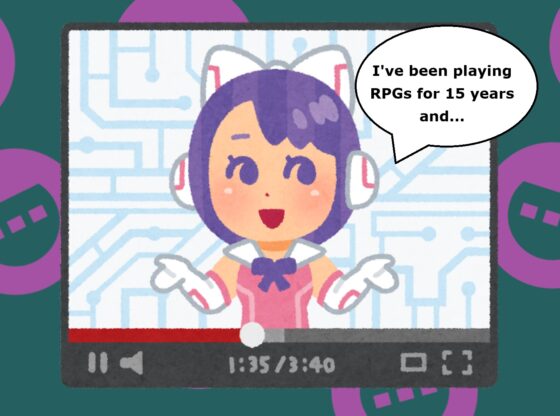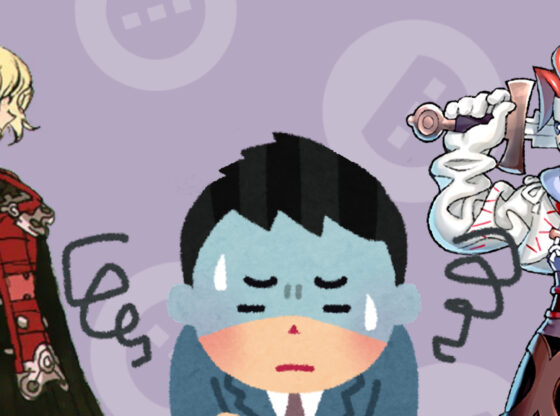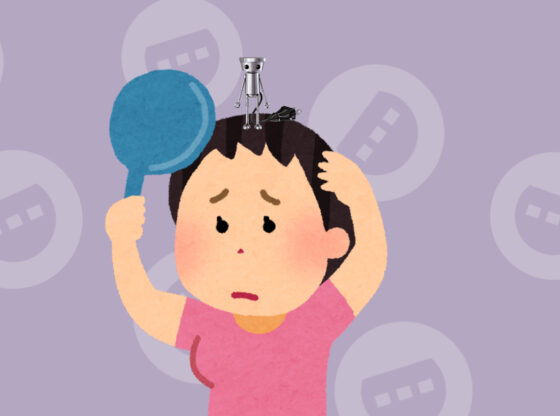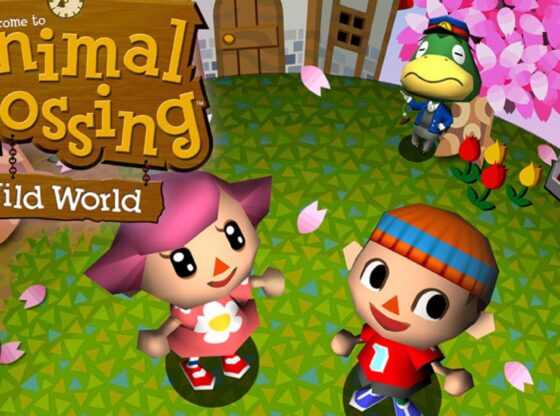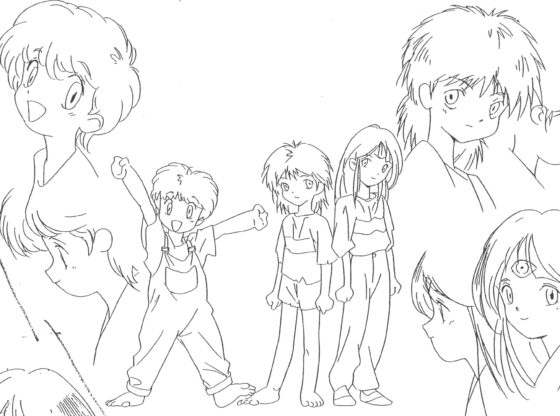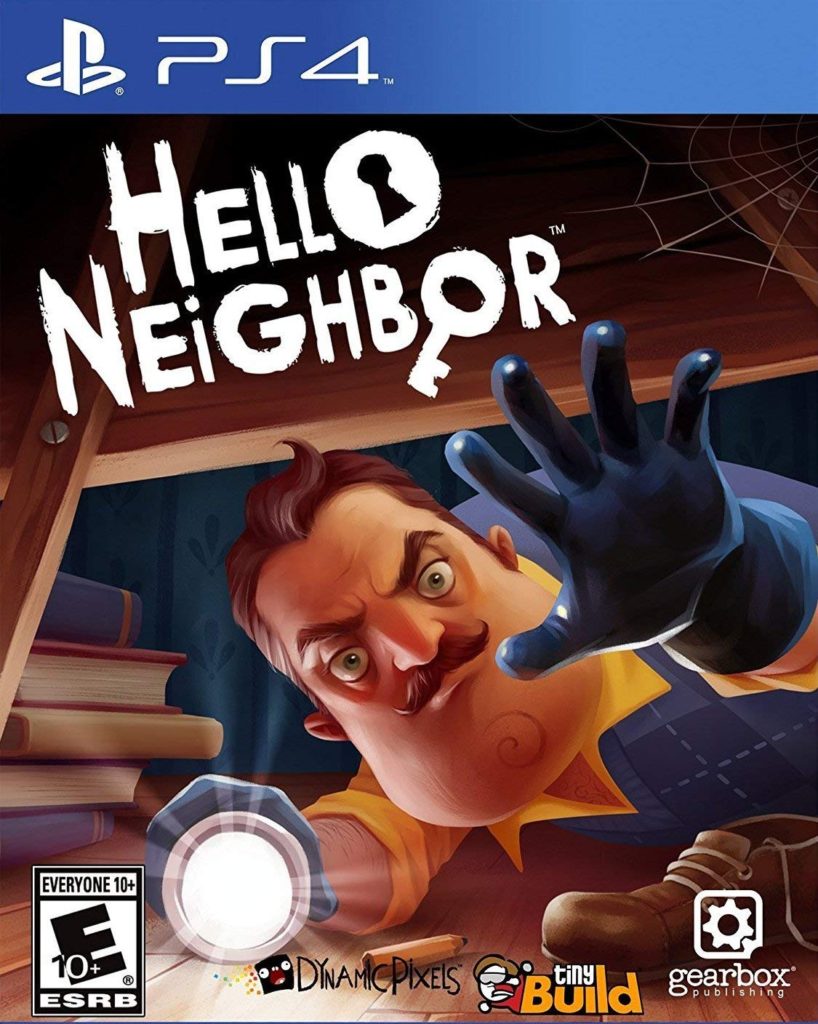
Hello Neighbor is broken. That’s both a good and a bad thing. Its free-form puzzle design allows you to push the boundaries of its engine to come up with your own solutions. But its fragile structure will have you second guessing nearly every action.
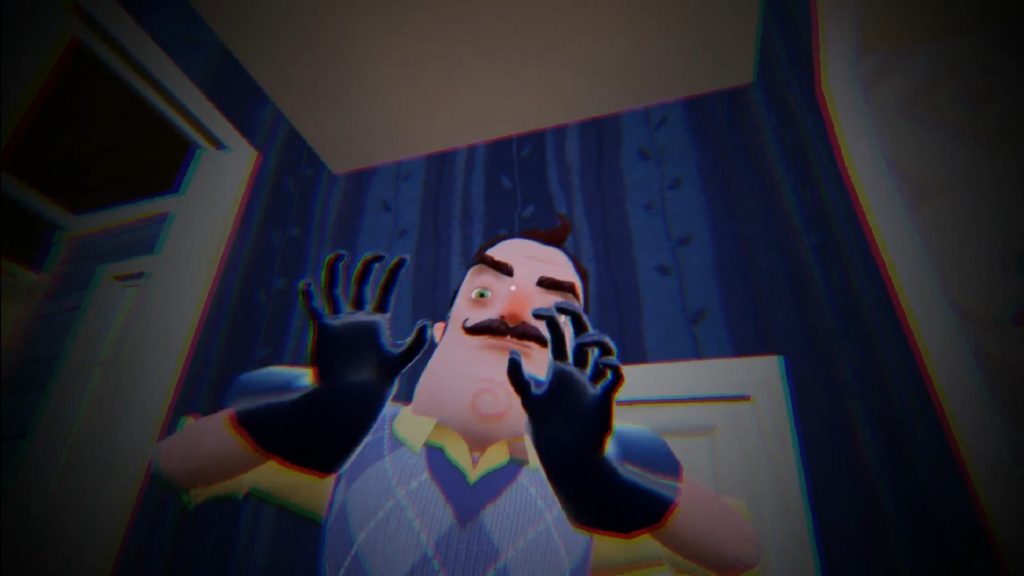
Your neighbor is a kidnapper. Each of the three acts has you navigating around his ever growing house to either expose the secrets hidden in his basement or to escape his grasp. He’s a constant threat that seems to randomly meander around and chase you down. If caught, you’re thrown back to the starting point with all your progress, as well as the world, state intact.
It’s intended to create a tense environment where every corner could result in a high speed escape. I’ve heard his presence is supposed to be scary, but I’d call him more annoying. Especially early on, when the house is not particularly complicated, his patrol is on a small loop. He’ll interrupt you when attempting to do anything. The puzzles and environments are much simpler at this point, but constant interaction with him kills any the suspense of being chased down. When in pursuit, he moves fast enough that it’s almost guaranteed he’ll grab you if even a single obstacle gets in your way.
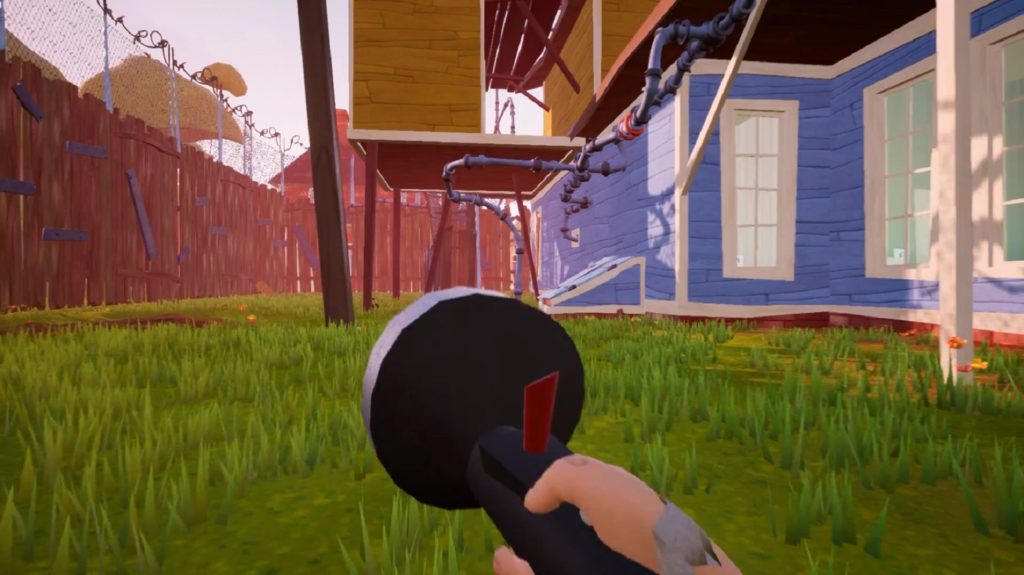
It results in me losing the drive to escape early on. The punishment is that the neighbor will put up more traps, but they’re largely inconsequential. As the levels get larger and more complicated, it’s almost beneficial to trigger them to act as decoys to distract him.
Each act layers on more complexities to the house, which makes the area more absurd in structure but diversifies the environments. It also makes it less likely you’ll cross the neighbor’s path. It’s the prime gimmick, but the less I had to deal with him the better. Instead, the shaky nature of the game’s engine becomes its key feature.
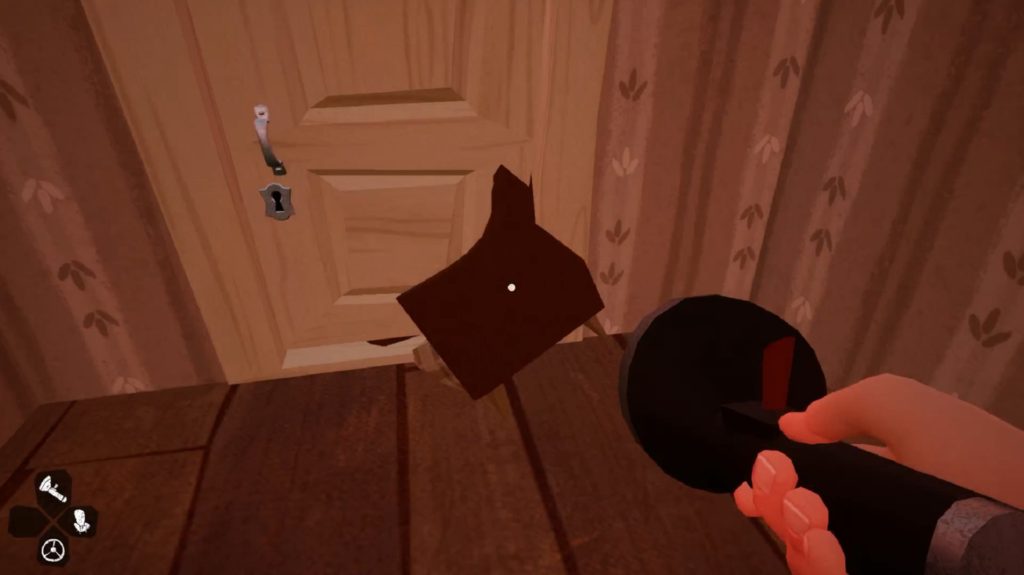
Hello Neighbor doesn’t care about what you do or how you break it. It’s as easy as picking up an item, getting too close to a wall, then letting go. It will either pass through the wall, launch out of it, or get stuck and infinitely vibrate while it attempts to determine where it should rest.
At times this element can be terrible. Something as simple as placing an object in a specific location can become tedious and frustrating. Any physical interference can cause it sink into the floor or launch off to the side. You can also accidentally lose access to certain tools by pushing them through the walls. On the other hand, this can be exploited and manipulated to reach things typically out of reach.
You’ll find that you can shove items into inaccessible rooms to pull levers, move objects or even grab something out of them. As broken as it is, it’s enjoyable abusing these exploits to pave your own path. This is especially true since a lot of the intended solutions in Hello Neighbor are unsatisfying or obscure.
Rarely is enough information communicated to explain how certain mechanics work. An example is filling a room with water to reach a doorway near the ceiling. You’d think you’d swim across, but nope. It seems like a bug at first since there’s no change in controls or feedback when underwater. The actual solution is turn off all the water heaters in the house to freeze the pool.
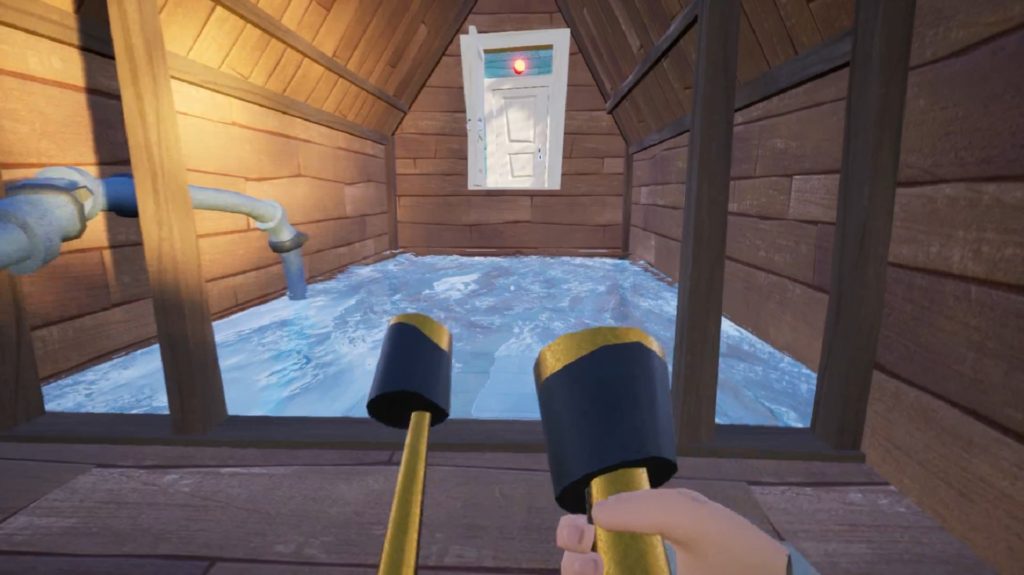
The logic is clear once the solution is in front of you, but it’s very unlikely the you’ll come to the developer’s conclusion without just futzing around. The glitchy nature of the game helps work around these mediocre puzzles, but misleads you when attempting to solve them as intended.
Most of the time you can’t tell what’s a bug or mechanic. I spent a good third of the game thinking some of my inventory was stuck floating in the sky for no reason. Hours later, I found out there was some magnet I had to turn off that was holding the items. I nearly restarted the entire act since I thought something was wrong.
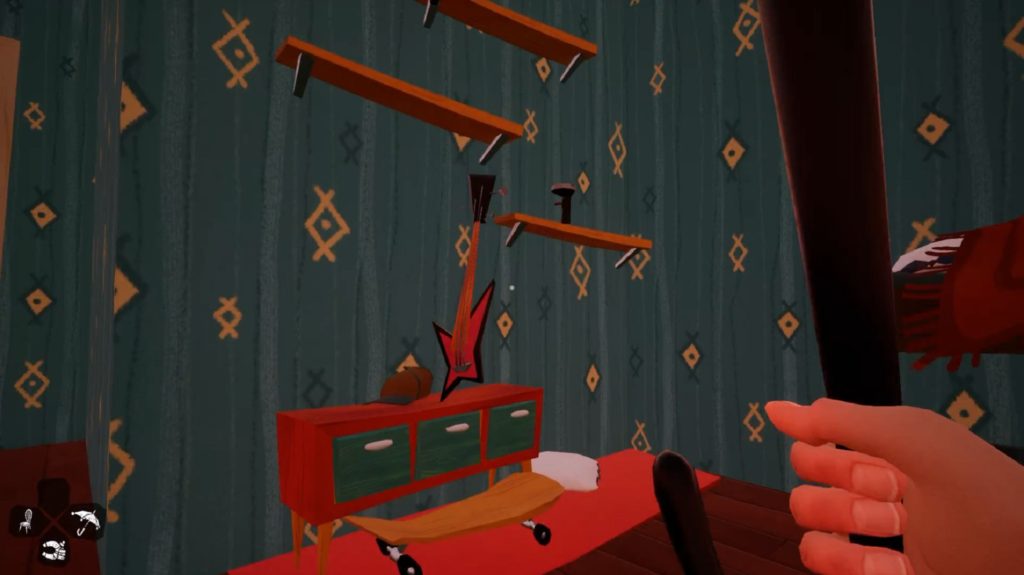
There are also cases where solving a puzzle would cut to a black screen and respawn me at the beginning with no explanation. I’d have no idea if I did something wrong or if it bugged out. Usually, it seemed like the latter.
Then there are the more minor issues. You’ll frequently be running then suddenly the game considers you to have died from falling even when on solid ground. In one case, I was riding a tram and got a false fall death. When I respawned, I lost all forward and backward movement control. Save often. You’ll need it. Although it produces some auto-saves on its own.
Even the final boss fight glitched out on me which, ironically, I was able to break in my own way to get past.
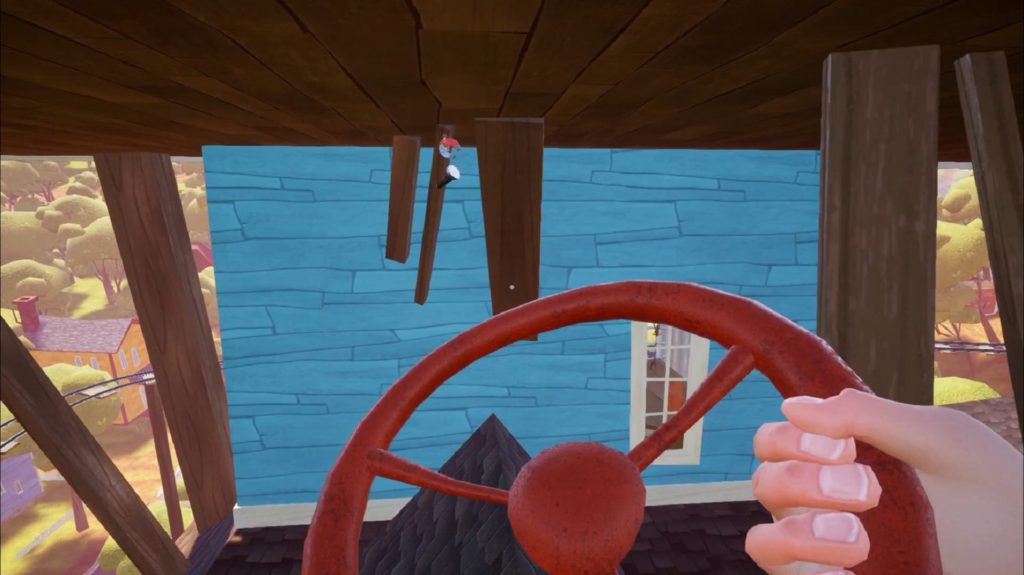
There’s rarely any certainty or feedback to assure what you did was right. At some point, I just assumed any weird occurrence was the game breaking.
Bugs aside though, I’d say most of the intended pleasure comes from learning each iteration of the house. Between the three instances, you’ll become familiar with how to use the tools and items to best get around the environment. By the end, you’re an expert at getting from one side to the next while also staying out of the neighbor’s reach. Any kind of puzzle with a tailor made solution just gets in the way of that experience.
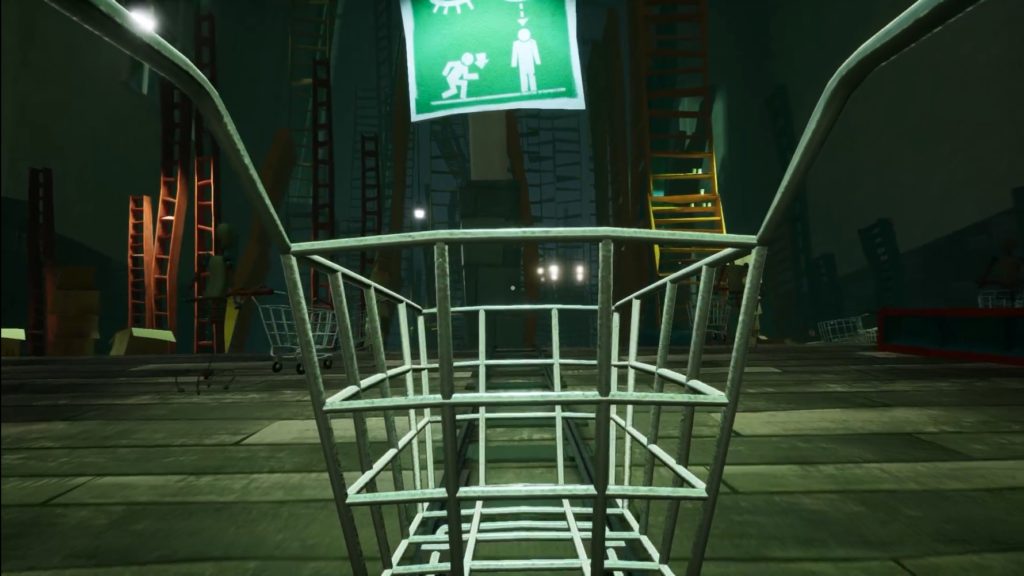
As the house becomes more absurd, it also introduces some abstract side-levels. While not particularly interesting in their own right since they typically have one solution, they are a nice change of pace from the maze-like house designs.
Hello Neighbor has some interesting gimmicks, though the things that make the experience frustrating also fuel the most interesting aspects.
(Box Art Source: Amazon)



